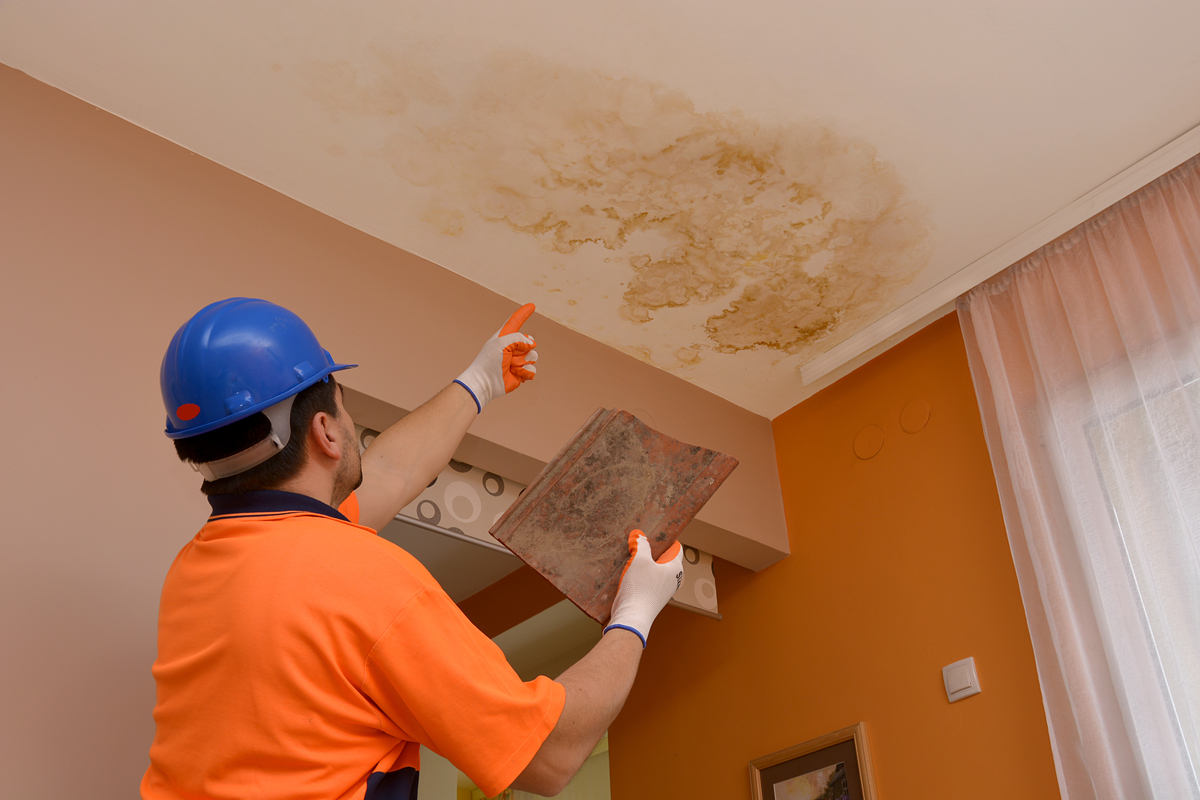Spot Half a Dozen The Principal Causes for Leakage Within Your Home
Spot Half a Dozen The Principal Causes for Leakage Within Your Home
Blog Article
This great article following next on the subject of How to detect water leaks in your home is really remarkable. Try it and draw your own findings.

Leaks not only create waste of water but can also create unnecessary damages to your house and also advertise unwanted natural growth. By looking and also recognizing for everyday situations that cause leakages, you can shield your residence from future leakages and unnecessary damage.
Trespassing roots
A lot of water leaks start outside your house as opposed to inside it. If you observe an unexpected decline in water pressure, say in your faucet, require time to head out and also examine your yard. You may observe wet patches or sinkholes in your backyard, and that may imply that tree origins are invading water lines causing water to leak out. You can have your plumber check for breach, particularly if you have trees or shrubs near your home.
Rusty water supply
As time goes by, your plumbing system ages as well as rust such as rust might begin eating away the pipelines. This could be the root cause of staining or bending on your pipes. This asks for an examination with your plumber quickly. Consider changing the pipes since they are at a greater danger of corrosion than the newer designs if our plumbing system is old.
Faulty Pipe Joints
The factor at which your pipes attach is often the weakest link in the waterline. Pipeline joints can wear away with time, resulting in water leakages. However, most of pipeline joints are not conveniently visible. If you have noisy pipelines that make ticking or banging noises, especially when the hot water is turned on, your pipeline joints are probably under a great deal of stress. It is recommended to have your plumber inspect your system once a year.
Immediate temperature changes.
Severe temperature level adjustments in our pipes can cause them to increase as well as acquire unexpectedly. This development as well as tightening may create fractures in the pipelines, especially if the temperature level are below freezing. It would be best if you watched on just how your plumbing works. The presence of the previously discussed conditions frequently shows a high threat.
Poor Water Connectors
At times, a leak can be created by loosened pipes and also pipelines that supply your appliances. In case of a water links leakage, you might see water running straight from the supply line or puddles around your home appliances.
Clogged Drains
Blocked drains may be annoying and also inconveniencing, yet they can in some cases end up creating an overflow resulting in burst pipelines. Keep getting rid of any kind of products that may decrease your drains that might block them to avoid such troubles.
All the above are causes of leakages yet not all water leakages arise from plumbing leakages; some leaks could come from roof leakages. All leakages need to be fixed promptly to avoid water damage.
Leaks not only trigger waste of water yet can likewise create unneeded damage to your house and advertise undesirable natural growth. By looking as well as understanding for day-to-day situations that trigger leaks, you can protect your home from future leaks and unnecessary damage. Today, we will look at six leakage creates that might be creating your pipelines to trickle.
At times, a leak can be triggered by loosened tubes and pipes that supply your home appliances. In case of a water links leakage, you might observe water running directly from the supply line or puddles around your devices.
How To Check For Water Leak In Your Home
How To Check for Leaks
The average household's leaks can account for nearly 10,000 gallons of water wasted every year and ten percent of homes have leaks that waste 90 gallons or more per day. Common types of leaks found in the home are worn toilet flappers, dripping faucets, and other leaking valves. These types of leaks are often easy to fix, requiring only a few tools and hardware that can pay for themselves in water savings. Fixing easily corrected household water leaks can save homeowners about 10 percent on their water bills.
To check for leaks in your home, you first need to determine whether you're wasting water and then identify the source of the leak. Here are some tips for finding leaks:
Take a look at your water usage during a colder month, such as January or February. If a family of four exceeds 12,000 gallons per month, there are serious leaks.
Check your water meter before and after a two-hour period when no water is being used. If the meter changes at all, you probably have a leak.
Identify toilet leaks by placing a drop of food coloring in the toilet tank. If any color shows up in the bowl after 10 minutes, you have a leak. (Be sure to flush immediately after the experiment to avoid staining the tank.)
Examine faucet gaskets and pipe fittings for any water on the outside of the pipe to check for surface leaks.
Undetected water leaks can happen without the home or business owner even realizing. If you suspect a water leak, but not able to find the source. It is time to contact a professional water leak detection service, The Leak Doctor.
How To Find a Water Leak In Your Home
https://www.leakdoctor.com/blog/How-To-Check-For-Water-Leak-In-Your-Home_AE197.html

As a serious person who reads on Top Causes of Home Water Leaks, I imagined sharing that excerpt was a good idea. Those who liked our blog post plz make sure you remember to pass it around. Many thanks for your time. Visit us again soon.
Efficient, reliable plumbing services here. Report this page